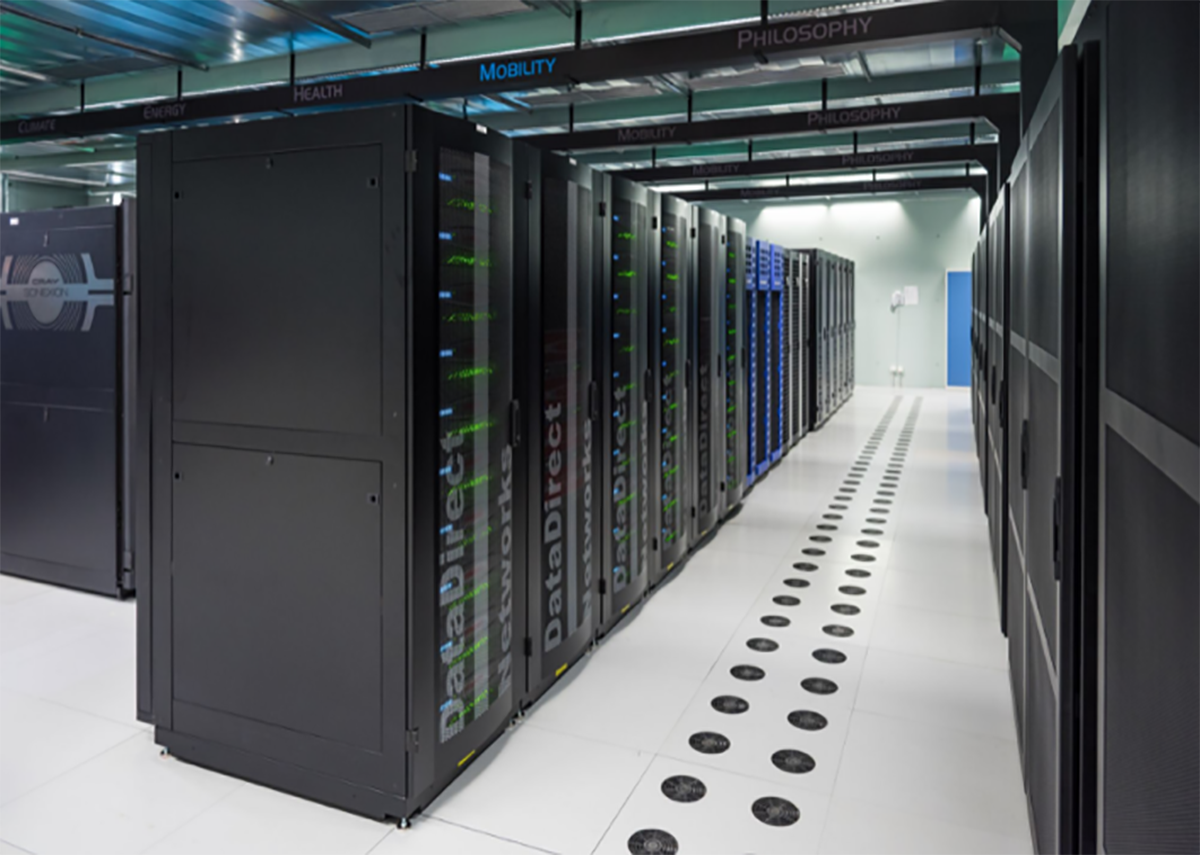Is Autonomic Computing Significant for Businesses?
Share

It’s not easy to understand the unprecedented growth of technology with the start of the millennia. However, the onset of technological applications in the wide business space allowed consumers and business owners to connect in a way like never before. But, that’s not all! The organizations around us, especially the tech-oriented ones, impose a significant emphasis on further tech applications to improve the overall business operations.
One of the major updates of 2022 encompasses autonomic computing. Although the concept is far from being implemented across the major organizations, its progress appears quite beneficial to the modern business world.
What is Autonomic Computing?
In simple words, autonomic computing refers to a computing model that’s self-managing and self-developing. It’s patterned just like the human body’s autonomic nervous system. The design and concept isn’t as smooth and flawless as the human body’s autonomic nervous system. An autonomic computing system controls the functions of all the applications without any manual intervention or input from the users.
It mimics the function of the human body’s autonomic nervous system, where the nervous system functions without any conscious input from the mind. The ultimate goal of autonomic computing is to enable computers that operate and run independently without any help from manual users except when maintenance is necessary. The result of an autonomic computing system is that the high-level operations and functions keep taking place. In contrast, the whole complexity is kept away from the users to avoid confusing them.
8 Crucial Elements of Autonomic Computing System
As per IBM or International Business Machines Corporation, the autonomic computing system must have eight crucial elements at its core. Those 8 key elements are as follows:
- The entire autonomic computing system must optimize itself to enhance and add efficiency in nearly all processes.
- The system must remain fully aware of its resource levels, capabilities, and limitations. Plus, it must have a sense of computing knowledge regarding its responsibilities and functions.
- Depending on the competitive and highly changing environment, the autonomic computing system must configure and reconfigure itself limitlessly to complete its operations.
- The autonomic computing system must interact with other computing systems, especially the neighboring ones. Hence, it must have communication protocols and capabilities to adapt to any communication changes.
- The computing system must resolve any encountered issues and problems by repairing itself and rerouting all possible functions to avoid troubles.
- The computing system must have a sense of security and protocols to help it avoid different forms of attack to keep the overall network, and system security integrated efficiently.
- The autonomic computing system in question must not operate in proprietary environments and comply with open standards.
- The computing system must remain transparent to user’s whole anticipating the demand of its resources efficiently.
Conclusion
It’s the modern age of development where technology is a popular discussion. The world is a stage ready to embrace further technological advancements and upgrades. The main benefit of growing technology is important as it allows businesses to deliver products/services such as autonomic computing. While autonomic computing is still under development and a long way from large-scale implementation, the progress seems promising currently.




